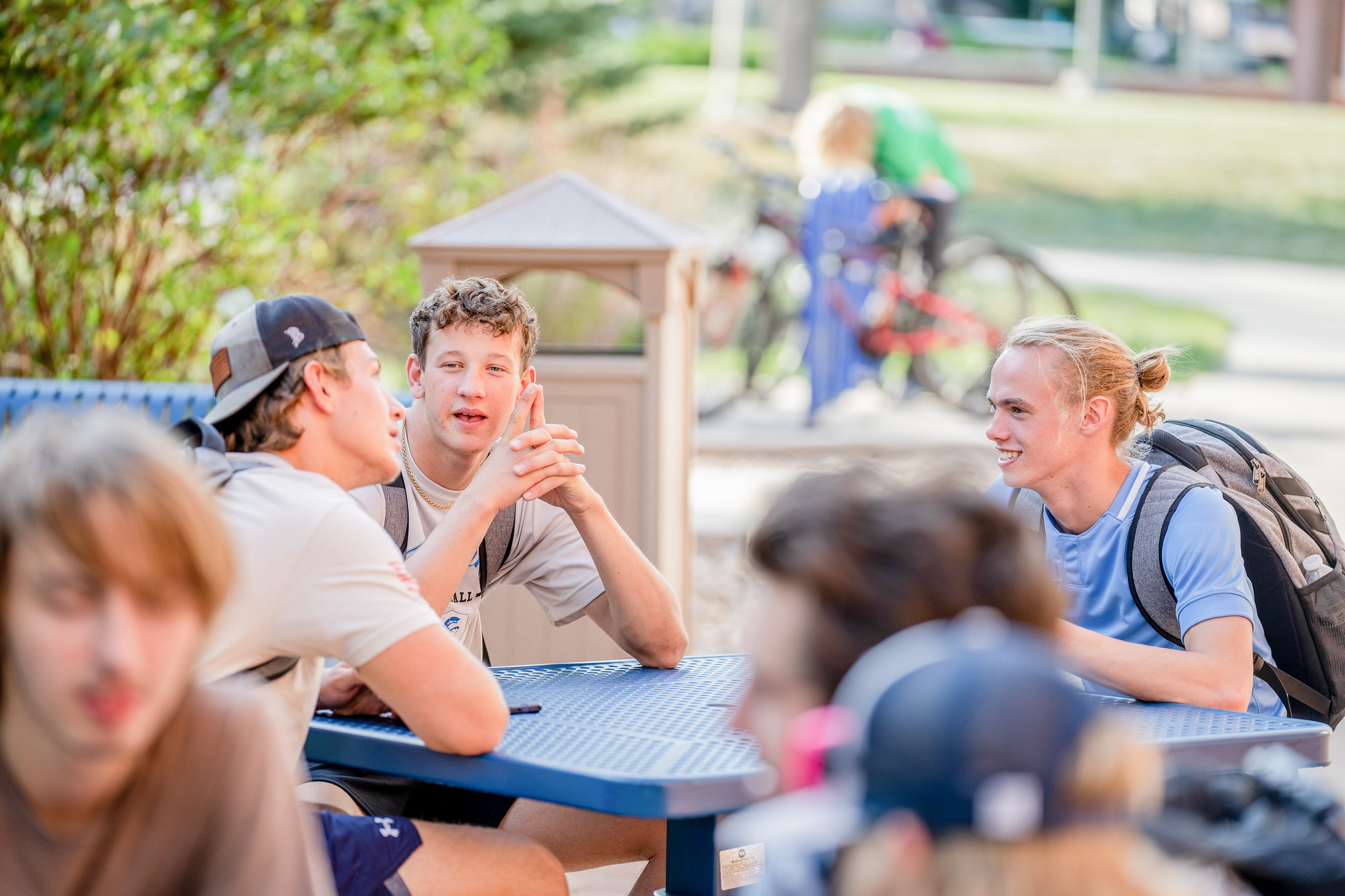Mechanical Engineering Co-op Programs South Dakota Mines: A Path to Career Success

Estimated Reading Time: 8 minutes
Key Takeaways:
- South Dakota Mines offers structured mechanical engineering co-op programs that combine academic study with paid, full-time industry work.
- Co-ops provide deeper, more immersive experiences than internships, often leading to higher job placement rates.
- Students can earn academic credit, gain hands-on training, and work with top employers like Garmin and Caterpillar.
- The application process requires early planning, networking, and securing a relevant position.
Introduction
Mechanical engineering co-op programs South Dakota Mines bridge classroom learning with real-world industry experience, preparing students for rewarding careers. These programs integrate paid, full-time work rotations into the curriculum, enhancing job readiness and employability. Cooperative education fosters hands-on skill development, professional networking, and often leads to full-time job offers.
In this guide, we explore how co-op programs work for engineers, their advantages over internships, and why South Dakota Mines stands among the best co-op schools for mechanical engineering in the US.
Section 1: Understanding Co-op Programs for Engineers
Cooperative education (co-op) programs are structured partnerships where students alternate between academic study and full-time, paid work in mechanical engineering roles.
How Co-op Programs Work for Engineers
- Duration: Typically 6 - 8 months, covering a semester and summer.
- Student Status: Participants remain enrolled as full-time students.
- Academic Credit: Eligible for 1 - 3 credit hours, potentially replacing senior elective credits (with departmental approval).
- Industry Engagement: Work assignments are directly tied to mechanical engineering disciplines.
"Co-op programs immerse students in real-world engineering projects, ensuring they
graduate with both theoretical knowledge and applied expertise."
- South Dakota Mines Mechanical Engineering Department
Section 2: Co-op vs. Internship – Benefits for Engineering Students
Comparing co-ops and internships helps students choose the best experiential learning path.
|
Feature |
Co-op Programs |
Internships |
|---|---|---|
|
Duration |
6 - 8 months (full-time) |
8 - 12 weeks (summer/part-time) |
|
Academic Credit |
Often integrated into degree requirements |
Optional, less structured |
|
Experience Depth |
Extended, project-based, employer immersion |
Shorter, observational tasks |
|
Job Prospects |
Higher full-time offer rates |
May lead to future opportunities |
Why Co-ops Stand Out
- Extended hands-on learning.
- Stronger employer relationships, often leading to job offers.
- Higher starting salaries post-graduation.
Section 3: Mechanical Engineering Co-op Programs at South Dakota Mines
South Dakota Mines provides a comprehensive, industry-aligned co-op program designed for mechanical engineering students.
Program Highlights
- Project-Based: Work on real-world problems with companies like Garmin, Caterpillar, and Google.
- Industry Engagement: 73% of last year’s graduates have paid work experience before graduation.
- CAMP Participation: Students collaborate on advanced manufacturing projects through the Center for Advanced Manufacturing and Production (CAMP).
Section 4: How to Apply for South Dakota Mines Co-op Program
Follow these steps to secure a co-op placement:
- Review Department Guidelines – Check faculty advisor recommendations.
- Confirm Eligibility – Discuss with the Mechanical Engineering Advisor.
- Secure an Employer – Obtain a position meeting program criteria.
- Register for Co-op Course – Ensures academic credit and full-time status.
- Plan Early – Begin applications 1 - 2 semesters before placement.
Pro Tip: Attend career fairs, refine your resume, and research employers.
Section 5: Student Experiences and Success Stories
South Dakota Mines students report transformative co-op experiences:
- Hands-on projects with leading engineering firms.
- Career-defining networking that leads to full-time job offers.
- Skills development in problem-solving, teamwork, and real-world applications.
CAMP participants highlight competitive project exposure, enhancing professional growth.
Conclusion
Mechanical engineering co-op programs South Dakota Mines provide a powerful career launchpad, blending academic rigor with industry experience. With structured rotations, competitive pay, and 75% graduate employability, students gain unparalleled professional advantages.
Next Steps
- Explore South Dakota Mines' co-op program.
- Meet with advisors and start planning early.
- Build skills and connections to secure your future in engineering.
FAQs
1. How long is a typical co-op program at South Dakota Mines?
Most co-ops run 6 - 8 months, combining a semester with summer work.
2. Can I earn academic credit through a co-op?
Yes, students can receive credit hours, which may replace a senior elective.
3. What companies hire South Dakota Mines co-op students?
Employers include Garmin, Google, Caterpillar, and Kiewit.
4. How much do co-op students earn?
Average pay is $22.62/hour, with some employers offering housing support.
5. How can I improve my co-op application?
- Network at career fairs.
- Refine your resume.
- Start the process 1 - 2 semesters in advance.